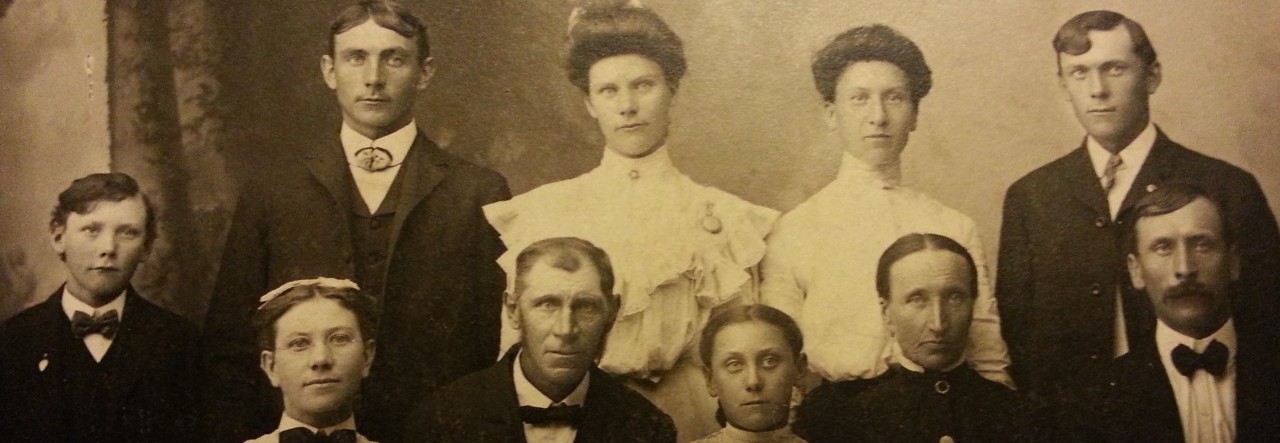Yesterday I posted about the FamilyTreeDNA (FTDNA) tests I sent to my grandparents. I was able to transfer my AncestryDNA to FTDNA and I’m anxiously waiting for that to finish up. While I’m waiting, I’m trying to learn as much as I can about the tools that FTDNA has to offer by going through their webinars. Specifically those on the FamilyFinder, the tests I sent to my grandparents and the one I transferred.
The videos are about an hour and a half long a piece and I’m taking as many notes as I can while I’m watching. I also have a list of books I plan on getting from the library on DNA too! GRIP is having a DNA course this summer (still open by the way!) and although I can’t quite manage the cost this year, I looked at the course and noted the pre-reading recommended for the course:
Genetic Genealogy: The Basics and Beyond by Emily D. Aulicino
Finding Family: My Search for Roots and the Secrets in My DNA by Richard Hill
DNA and Social Networking: A Guide to Genealogy in the Twenty-First Century by Debbie Kennett
Trace Your Roots with DNA: Using Genetic Tests to Explore Your Family Tree by Megan Smolenyak Smolenyak and Ann Turner
I Have the Results of My Genetic Genealogy Test, Now What? by Blaine Bettinger, PhD, JD and Matt Dexter (the link is to the PDF version)
So those are now on my to-read list.
So those books, along with the webinars I mentioned should help make me better at interpreting the DNA tests once my grandparents send them in! If you’re interested in learning about using DNA in your genealogy, I highly recommend checking out the free webinars on FTDNA and checking out as many books as you can on the subject! Lucky for me, this was my favorite topic in science so I hope that I will be just as interested now as I was then. 🙂
Any other suggestions for learning about DNA (cost effective is always a plus!)? Leave a comment below!
Happy hunting!





